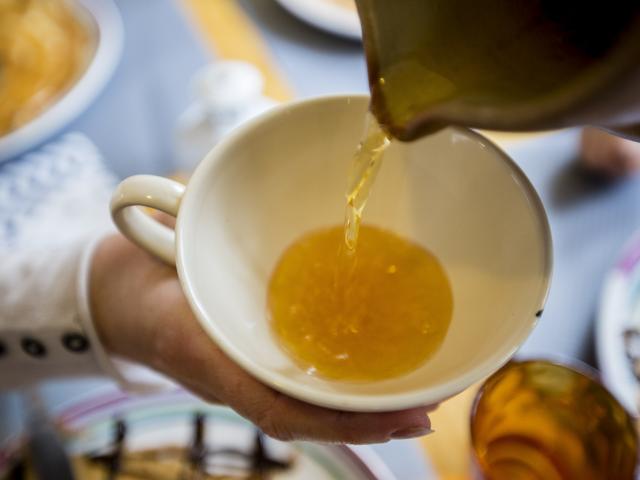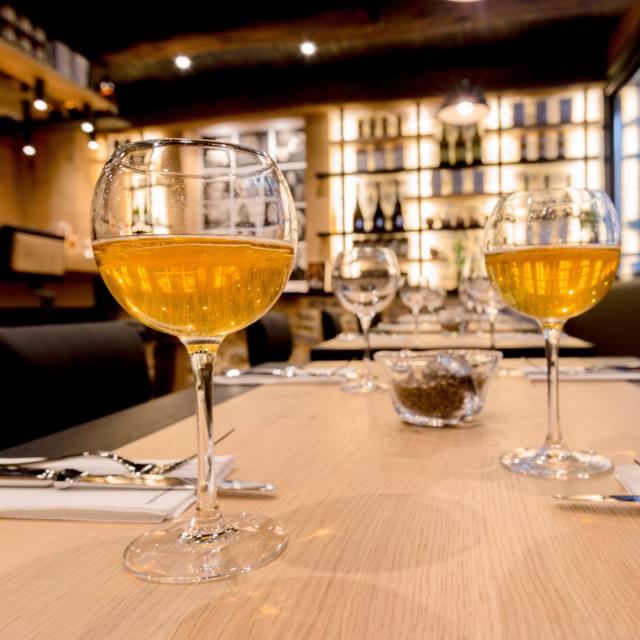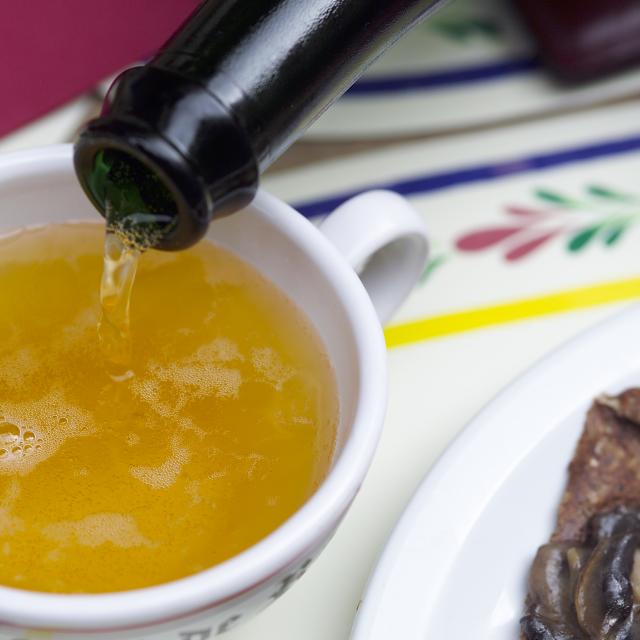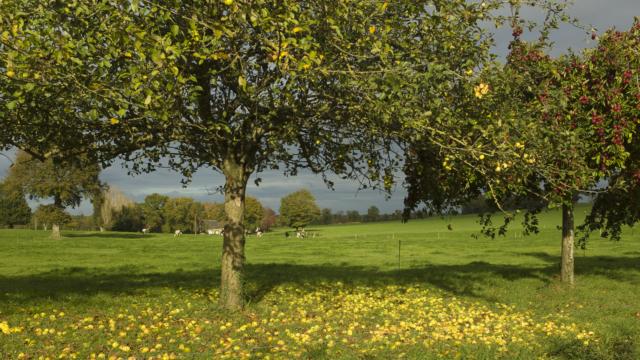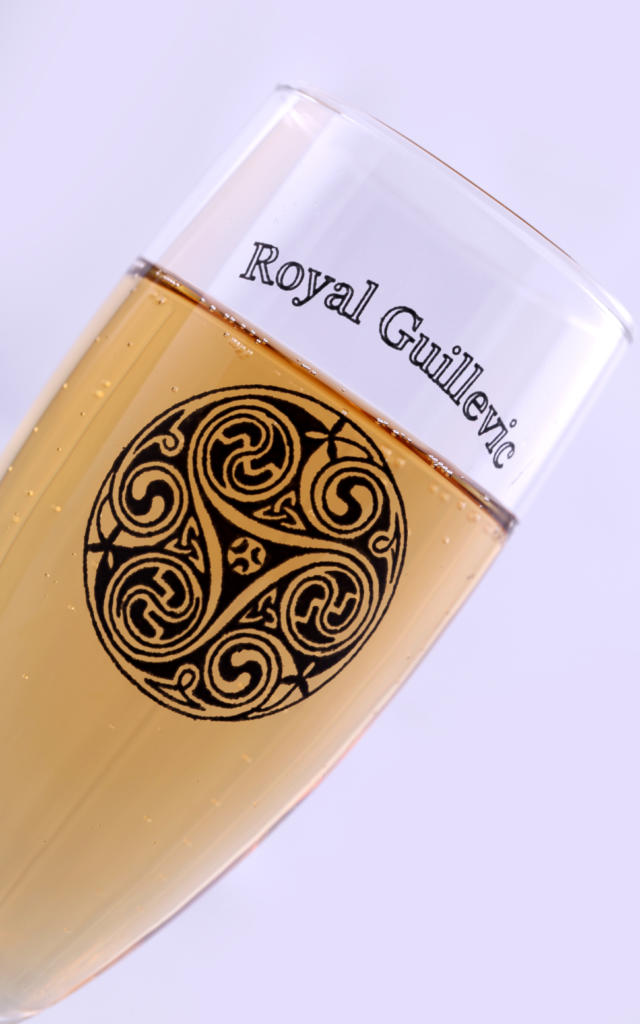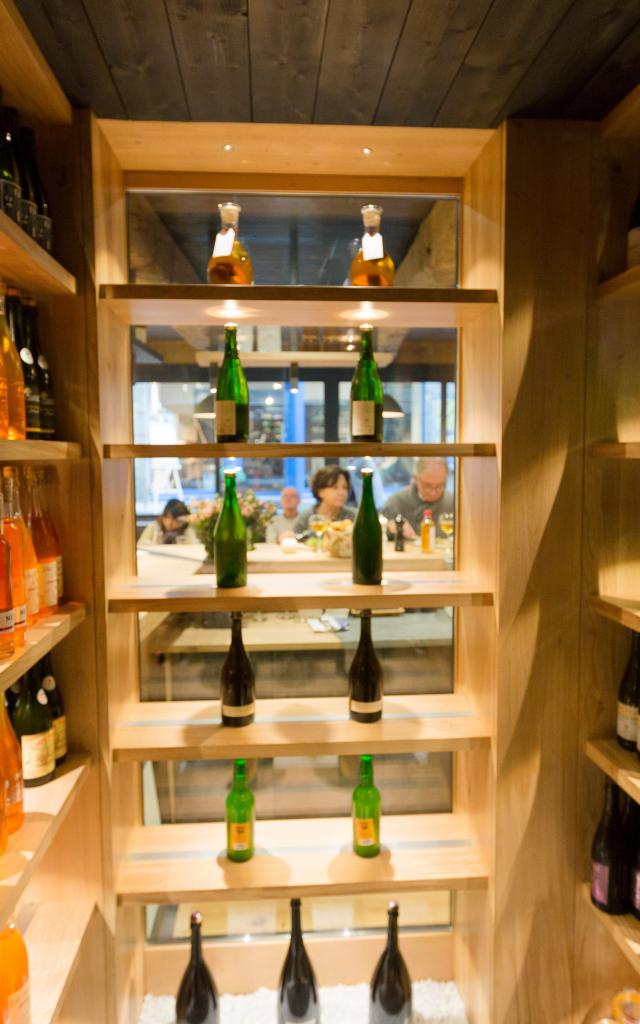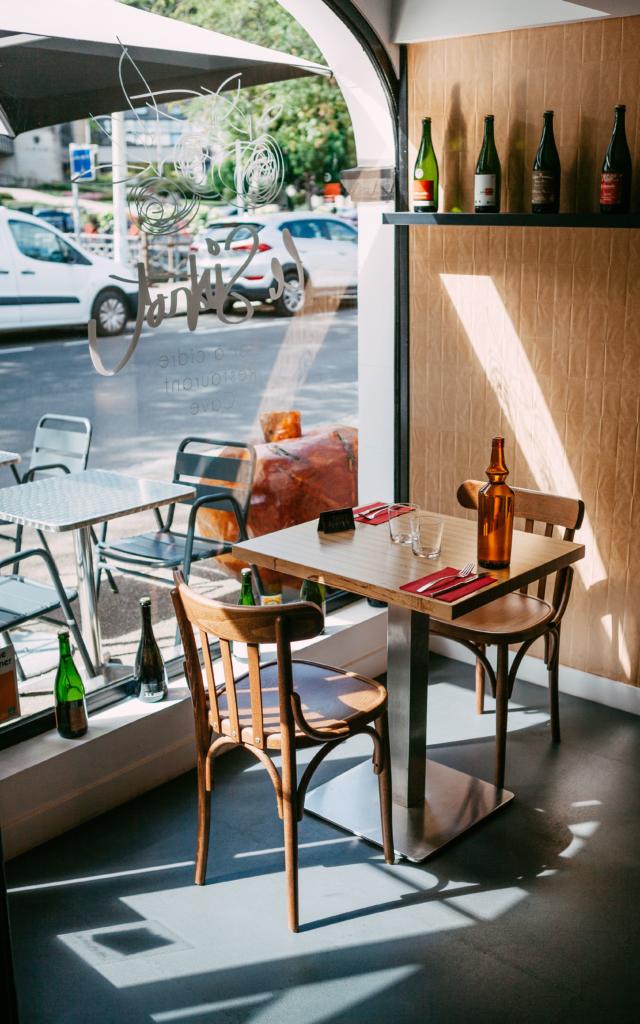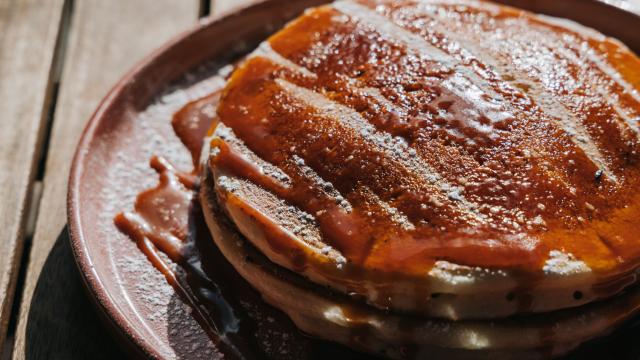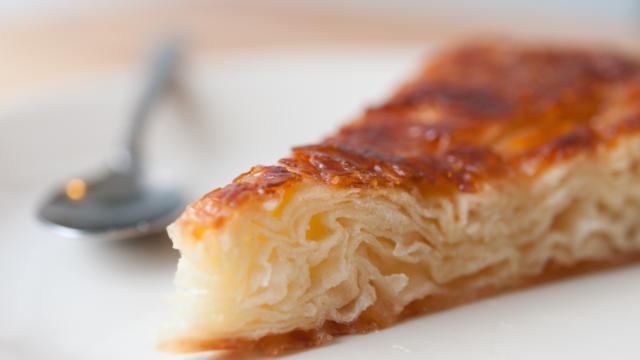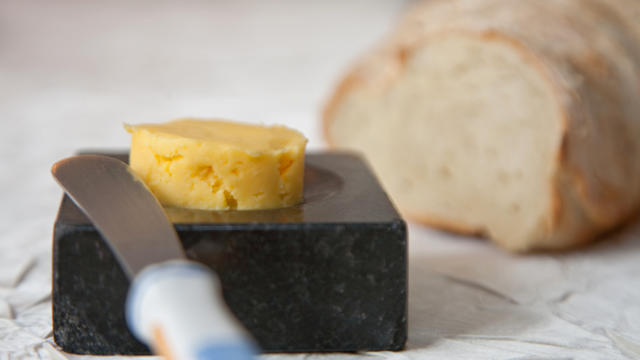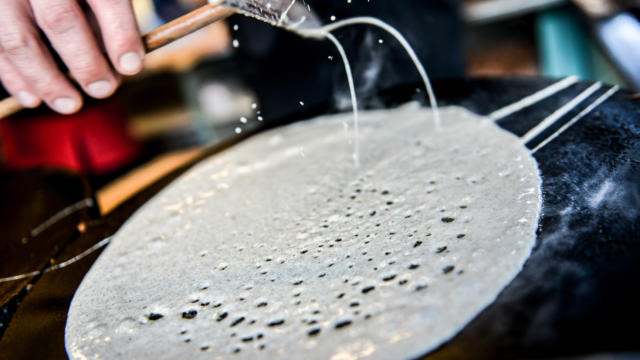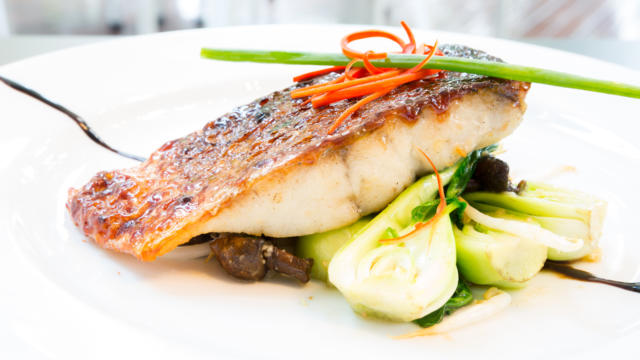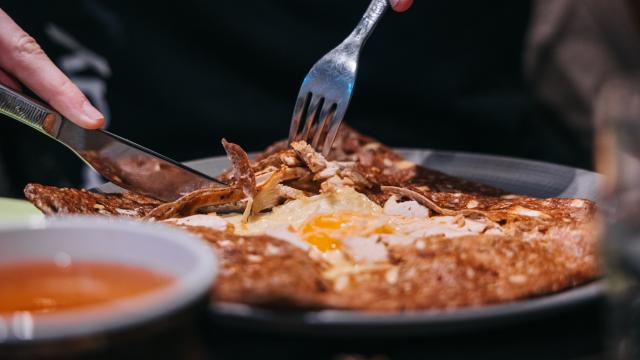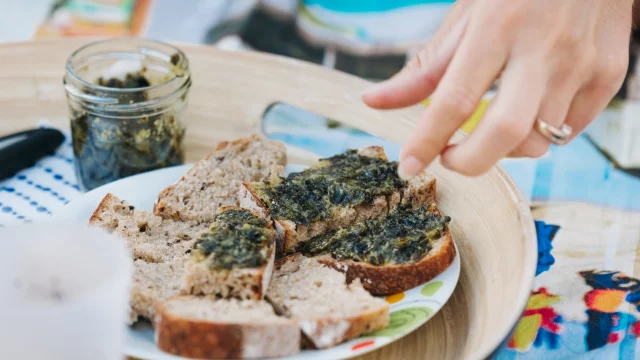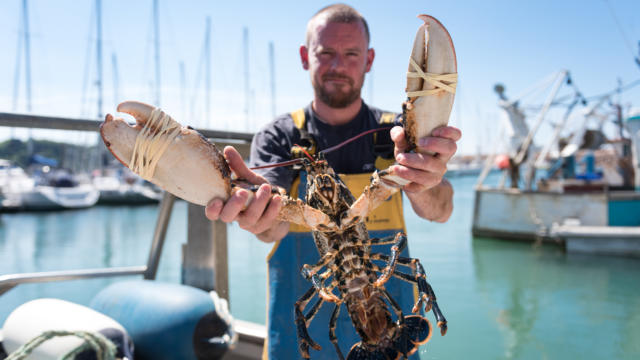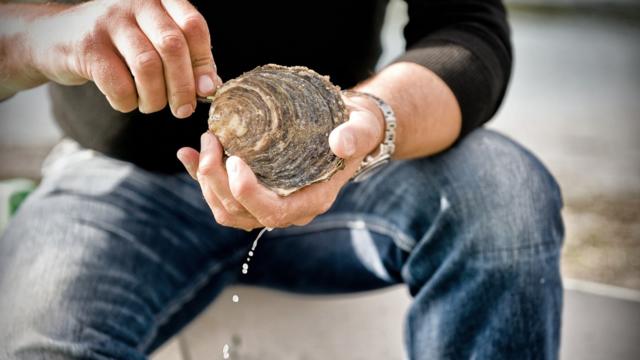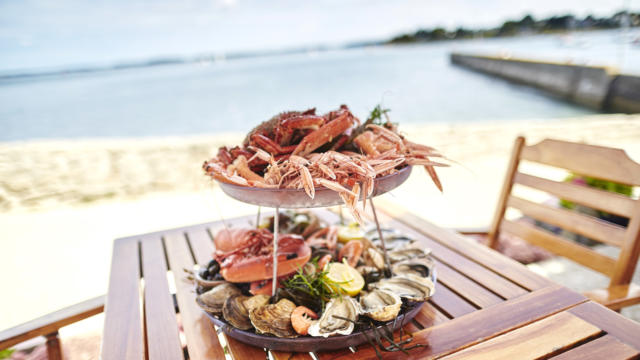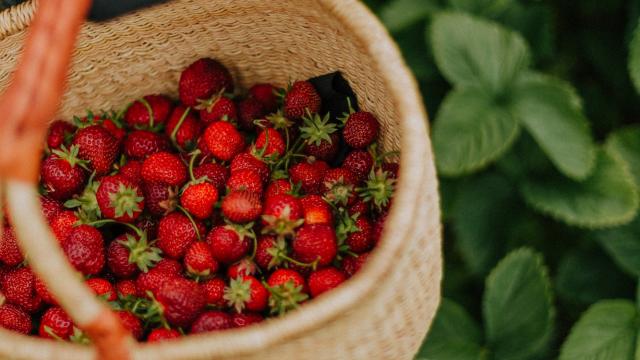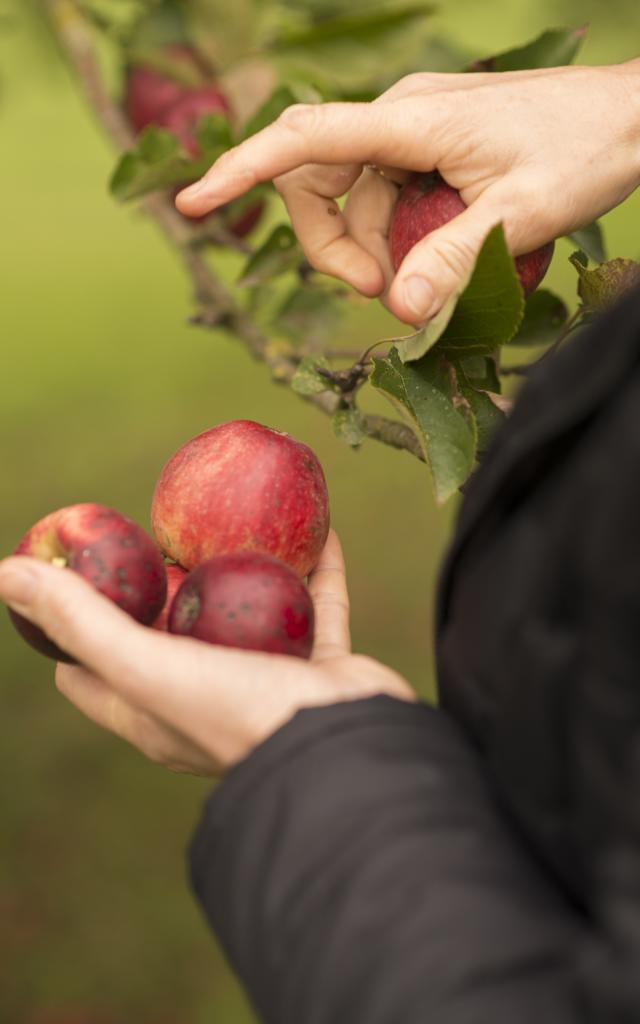
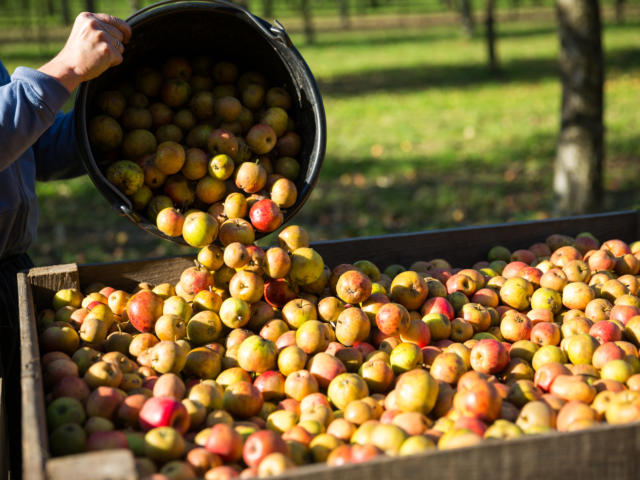
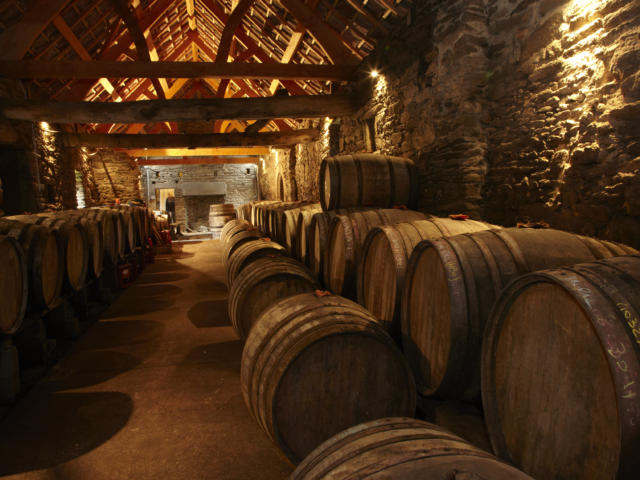
How is cider made?
Harvesting of cider apples (not to be confused with dessert apples) runs from September to the first November frosts in the orchards. The fruits are then sorted, washed and crushed. The next stage is probably the most characteristic element in the process: pressing, which involves layering the apple pulp and canvas sheets (formerly straw was used) to make the ‘cheese’, rather like a ‘millefeuille’ pastry, that is then placed in the press. Screwing down the press makes the precious juice flow and it is collected in barrels where fermentation can begin, turning the sugars into alcohol. The drink becomes naturally sparkling and is then bottled before being stored in a cellar for several months.

